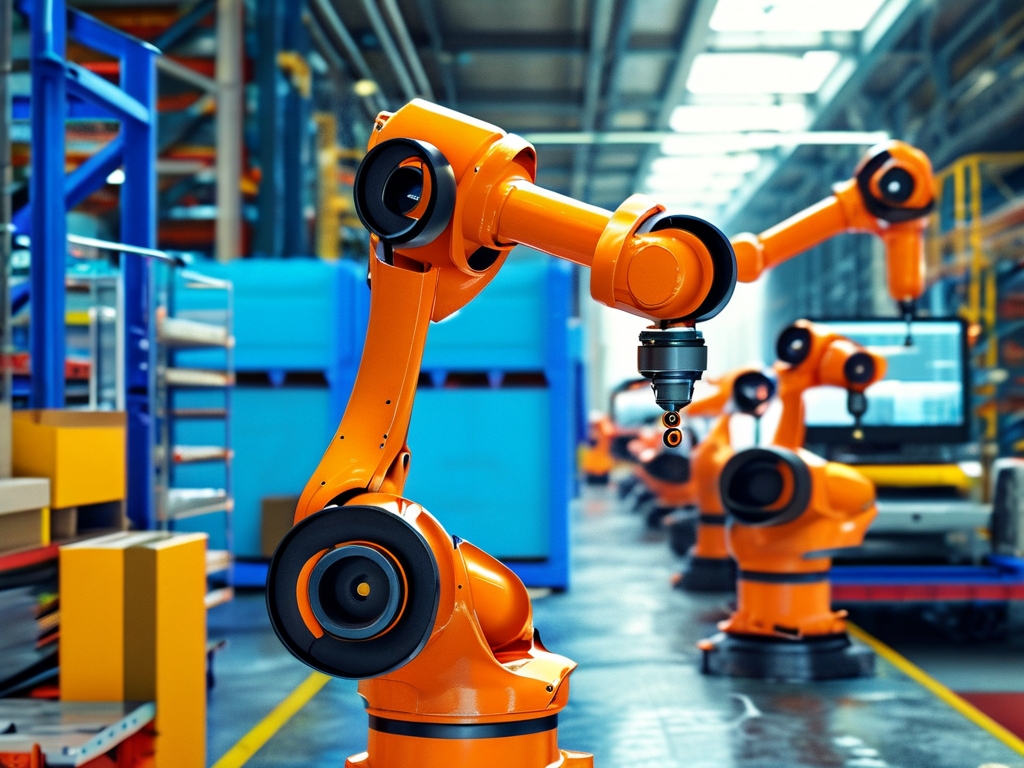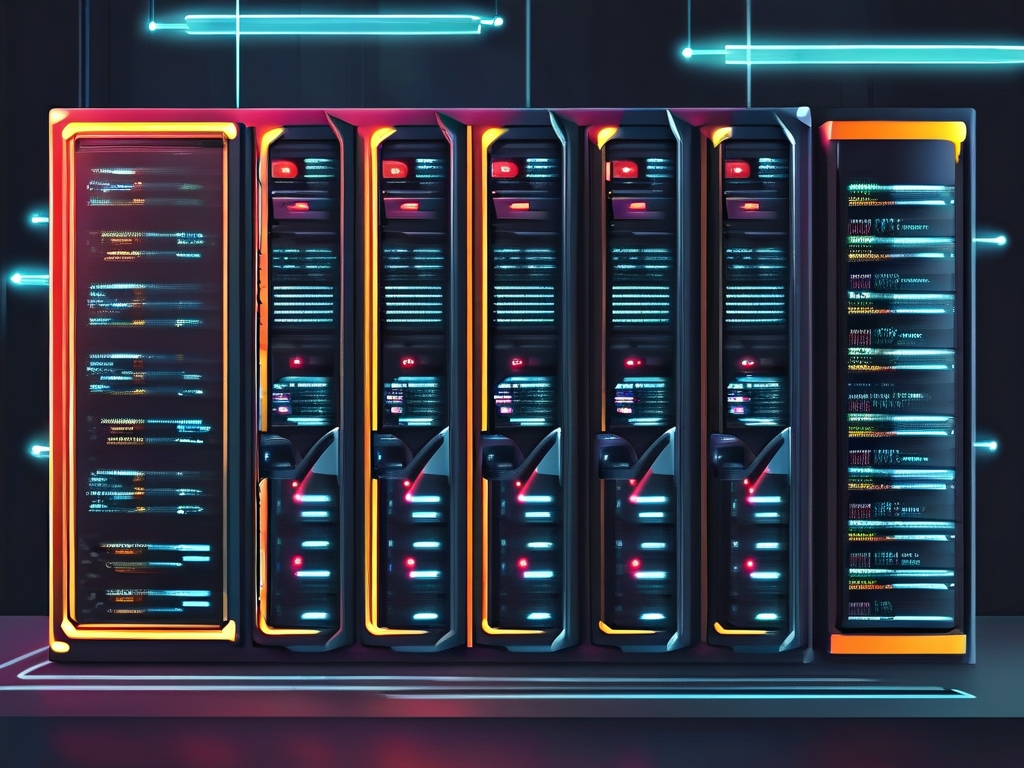The history of automated deployment is deeply intertwined with the evolution of software development practices, infrastructure management, and the pursuit of efficiency in delivering applications. To understand its significance, we must trace its roots to the early days of computing, explore pivotal technological advancements, and examine how cultural shifts in the tech industry shaped its modern form.
The Pre-Automation Era: Manual Deployment Challenges
In the 1960s and 1970s, software deployment was a labor-intensive process. Programs were often written for specific mainframe systems, and deploying updates required physical access to hardware. System administrators manually installed software, configured settings, and tested functionality. This approach was error-prone, slow, and limited in scalability. As businesses began relying on software for critical operations, the risks of downtime caused by human error became unacceptable.
The 1980s introduced client-server architectures, expanding the complexity of deployment. Installing software across multiple machines meant repeating manual steps, which led to inconsistencies. System administrators began writing basic scripts to automate repetitive tasks, but these were ad hoc solutions lacking standardization.
The Rise of Scripting and Early Automation (1990s–2000s)
The 1990s marked the first major shift toward automation. Scripting languages like Perl, Bash, and PowerShell enabled administrators to automate installation and configuration tasks. Tools like Makefile and RSync emerged, allowing partial automation of build and deployment workflows. However, these solutions were still fragmented and required deep technical expertise.
A critical milestone came with the advent of configuration management tools in the early 2000s. Projects like CFEngine (1993) and later Puppet (2005) and Chef (2009) introduced declarative approaches to infrastructure management. Administrators could now define desired system states in code, reducing manual intervention. This era also saw the rise of virtual machines (VMs), enabling environments to be replicated more reliably.
Continuous Integration and the Birth of CI/CD (Mid-2000s–2010s)
The concept of Continuous Integration (CI) emerged in the mid-2000s, popularized by tools like CruiseControl and Hudson (later Jenkins). CI emphasized automating code integration and testing, ensuring that changes were validated frequently. This laid the groundwork for Continuous Deployment (CD), where validated code could be automatically released to production.
The launch of Amazon Web Services (AWS) in 2006 revolutionized infrastructure. Cloud computing abstracted hardware management, allowing teams to provision resources programmatically. Platforms like Heroku (2007) further simplified deployment by offering Platform-as-a-Service (PaaS) solutions. Meanwhile, the open-source community contributed tools like Ansible (2012) and Terraform (2014), enabling infrastructure-as-code (IaC) practices.

The DevOps Movement and Modern Automation (2010s–Present)
The DevOps movement, which gained momentum around 2010, redefined collaboration between development and operations teams. Automation became a core tenet of DevOps, driven by the need for faster release cycles and reliable systems. Tools like Docker (2013) and Kubernetes (2014) introduced containerization and orchestration, decoupling applications from infrastructure and enabling consistent deployments across environments.
CI/CD pipelines evolved into sophisticated workflows powered by platforms like GitLab CI, CircleCI, and GitHub Actions. These tools integrated code repositories, testing frameworks, and deployment targets into a unified process. The rise of microservices architectures further amplified the demand for automation, as deploying and scaling hundreds of interdependent services manually became impractical.
Key Drivers of Automation Adoption
- Speed and Scalability: Businesses demanded faster time-to-market, pushing teams to automate repetitive tasks.
- Consistency: Manual processes led to "works on my machine" issues; automation ensured uniform environments.
- Risk Mitigation: Automated testing and rollback mechanisms reduced deployment failures.
- Cloud-Native Technologies: The cloud’s API-driven model made automation a necessity, not an option.
Challenges and Future Directions
Despite its benefits, automated deployment faces challenges. Complex pipelines require significant maintenance, and security vulnerabilities in CI/CD tools have led to high-profile breaches. The industry is now focusing on GitOps, a paradigm that uses Git repositories as the single source of truth for infrastructure and deployment states.
Looking ahead, AI-driven automation promises to optimize deployment strategies by predicting failures and self-healing systems. Edge computing and serverless architectures will also push automation into new frontiers, demanding adaptive tools for heterogeneous environments.
Automated deployment has evolved from rudimentary scripts to an ecosystem of intelligent tools underpinning modern software delivery. Its history reflects broader trends in technology—from mainframes to the cloud, from monolithic apps to microservices, and from siloed teams to DevOps collaboration. As organizations continue to prioritize agility and resilience, automation will remain central to the future of deployment, shaping how we build and scale the digital world.







